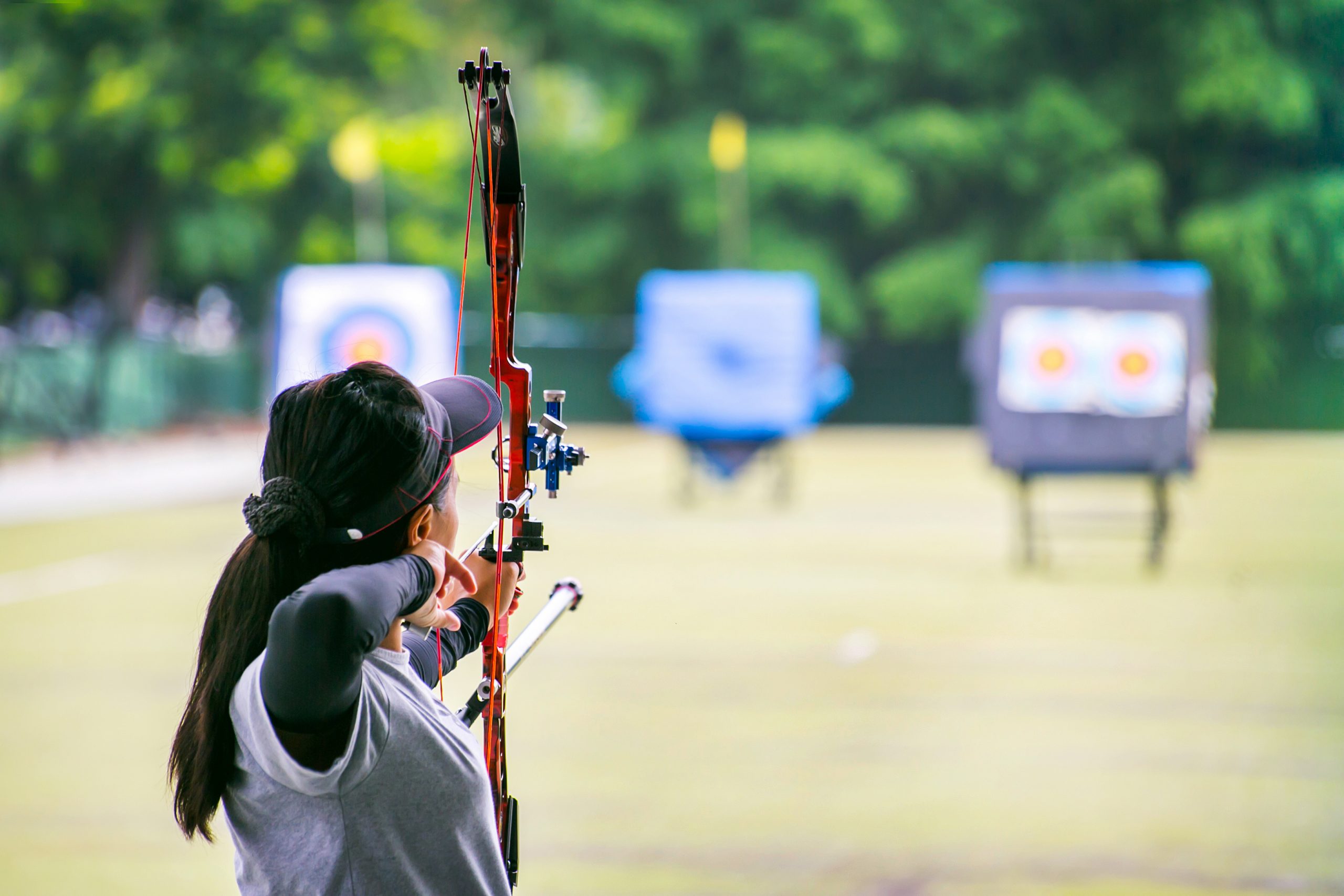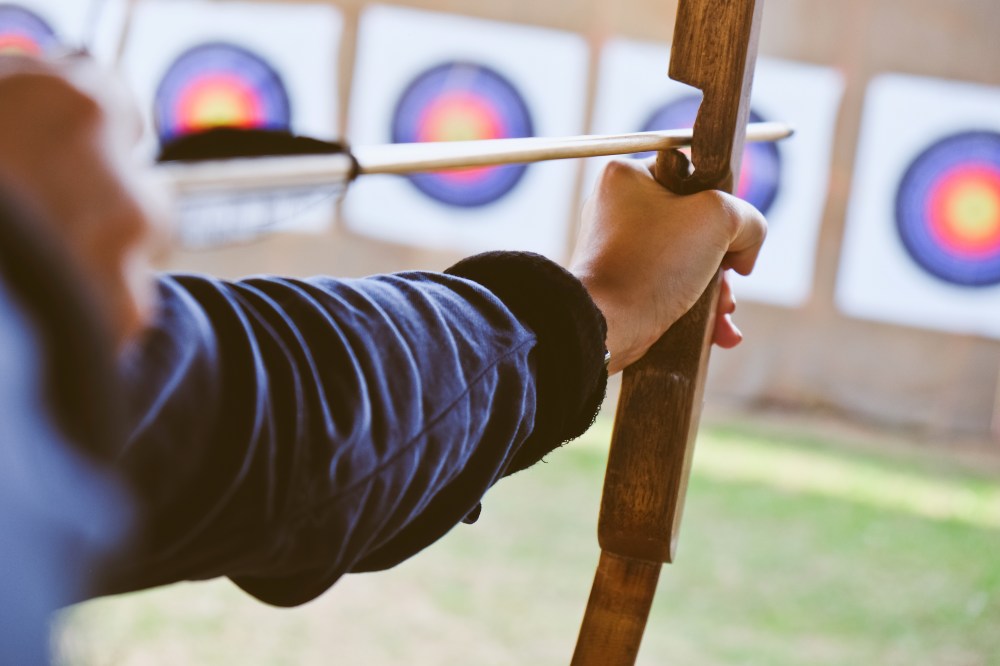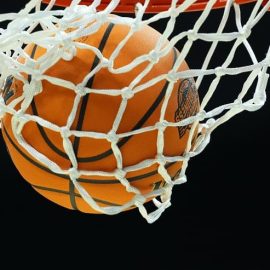Archery is the age-old practice of using bows to shoot arrows. Enthusiasts of this sport have been participating in friendly games and tournaments for centuries. Archers are required to hone their accuracy, control, and focus with each pull of the bowstring. If you’re planning to get into this activity, continue reading to know more about the tools that you will need to use.
-
The Bow
A good bow is a prerequisite if you want to shoot arrows with accuracy. Perhaps you’re thinking about the differences between bows and whether you should be using a crossbow vs bow. In fact, several types of bows exist, so choose the right model that can help you shoot precision shots.
Some of the bows you could use include:
-
-
Recurve Bow
-
Recurve bows have risers with two limbs and a curved frame that points away from you. Use these components with a bowstring to draw arrows with your fingers. Use a clicker and stabilizer to help magnify your sight and increase your chances of landing a bull’s-eye.
-
-
Horse Bow
-
The horse bow has recurved limbs that allow you to shoot while riding on horseback. However, you can still use this bow in a standing position as well.
-
-
English Longbow
-
If you’ve previously seen bows made out of sticks and strings, those models are based on the designs of English longbows. These archery tools have a simple yet relatively sturdy construction. Still, shooting an arrow with this bow requires the utmost precision and skill because of the lack of compatible accessories.
-
-
Compound Bow
-
You can use different accessories with the compound bow to increase arrow-shooting efficiency and precision. For instance, you can equip this bow with extra cables to help limit bowstring shake. Also, you can use a magnifying sight to zoom into your targets, utilizing an accessory that is similar to sniper rifle scopes.
Bow hunting can be a challenging process, especially if you’re a beginner at this activity. Consider visiting an archery shop and “feel” the different bows on display. Choose a model that feels comfortable and stable in your hands to help provide the utmost focus and precision with each shot.
-
Bow Case Essentials
Aside from your trusty bow, it would be best to carry some essential tools in your bow case. These tools include:
-
-
A Hex Key Or Allen Wrench Set
-
A wrench set should be part of every archer’s toolbox. Many bows will have a bolt with an Allen head socket. You may find this component on the riser.
Use the compatible wrench to tighten or loosen these bolts. Also, you can use an appropriately-sized wrench to outfit your bow with accessories like cams.
-
-
Pliers
-
Aside from a wrench set, a pair of pliers should come in handy in different bow maintenance scenarios. Use the pliers to reinsert an arrow tip or pull a stuck part.
-
-
Bow Square
-
The bow square isn’t a tool but an accessory, but it should always be in your toolbox nonetheless. You can use it to measure the brace height or set the nocking point on the string.
-
-
String Wax
-
This tool offers archers preventive maintenance on their bowstrings. Use string wax to ensure the durability and elasticity of the string to avoid damage and breaks.
Apart from these tools, other items to consider placing in your bow case include a Swiss knife, instant adhesive, and an extra piece of string. Always check your toolbox before heading off to practice your archery skills. The items in this box should help you with conducting preventive maintenance and repairs on your bow when needed.
-
Arrows
Your bow set can’t be complete without a set of arrows to shoot. Otherwise, your bow is going to be like a giant paperweight.
Aim to use arrows with field tips. Also, consider using more than one arrow for practice sessions and official tournaments. Otherwise, you’ll have to walk back-and-forth from the target a lot if you only have one arrow in your quiver.
Many suppliers offer archers a six-pack of arrows, but you should also consider talking to a bow technician to help you get the right-sized arrows. Remember, shooting bow arms are different for each person. Still, you can measure arrows by:
-
- Spreading your arms until they’re parallel to the floor. Then, have someone measure the exact distance between both middle fingers.
- Divide the measurement by 2.5 to get the estimated draw length.
Remember to check your bow, arrows, and bow case before leaving for an archery practice session or tournament. These essential tools will help ensure that you don’t encounter mishaps during your archery exercises. However, in case a misfortune does occur, these items will help you be prepared for the worst.
Add The Sports Daily to your Google News Feed!








